Middle East
Syria says it rejects ‘foreign intervention’ after Israeli strikes | News
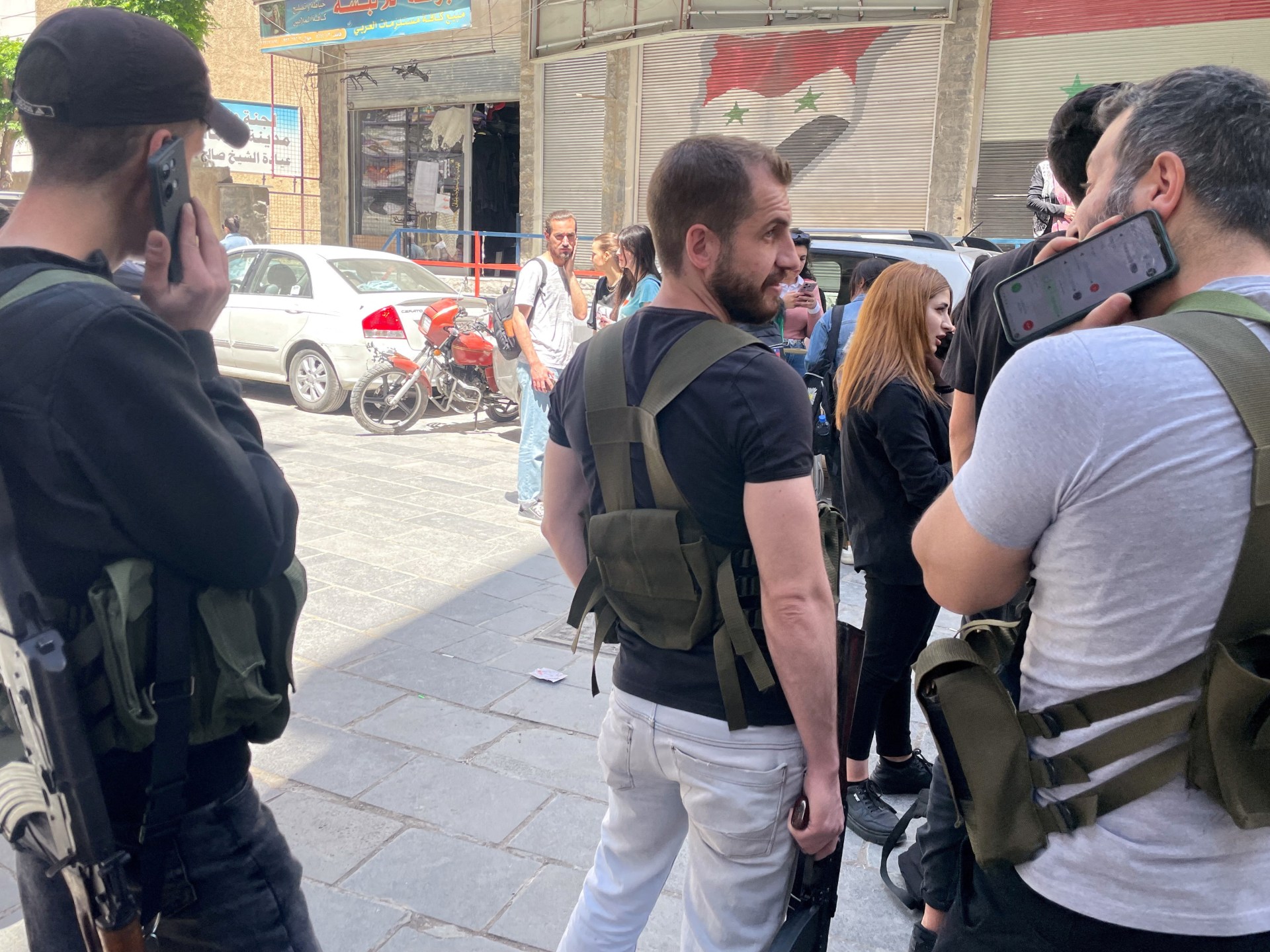
Syrian authorities have decried “foreign intervention” in Syrian affairs after Israel launched air attacks on a town near Damascus where government forces and several other groups had taken part in deadly clashes.
A Syrian Ministry of Interior source told Al Jazeera Arabic that at least four Israeli air strikes targeted security personnel in the mainly Druze town of Ashrafieh Sahnaya on Wednesday.
The Syrian Ministry of Foreign Affairs and Expatriates, in a statement, rejected “all forms of foreign intervention”, but did not explicitly accuse Israel of carrying out the attacks. Syria “affirms its unwavering commitment to protect all components of the Syrian people … including the children of the honourable Druze community,” the Foreign Ministry added in its statement.
Israel said it had carried out a strike in Syria against so-called “extremists” who attacked members of the Druze community, following through on what it said was a promise to protect the minority group.
The military said that three Syrian Druze citizens had been evacuated from Syria to receive medical treatment in Israel.
The strikes came following confrontations between Syrian government loyalists and members of the Druze military council that killed dozens of people in two days.
The director of security for the Damascus countryside, Hussam al-Tahhan, told Syria’s state-run SANA news agency that a security operation was launched there and that reinforcements were sent to ensure the return of “security and stability” to the area’s neighbourhoods.
At least 16 security forces and six fighters were killed on Wednesday, according to the Syrian Observatory for Human Rights, a UK-based war monitor. At least 17 people, including 10 security forces, were killed on Tuesday.
‘Extreme panic’
Israeli Prime Minister Benjamin Netanyahu said the strike on the town of Ashrafieh Sahnaya sent a “stern message” to Syria’s new government, led by interim President Ahmed al-Sharaa.
“Israel expects them to act to prevent harm to the Druze community”, he said.
Israel’s armed forces chief later ordered the military to prepare to strike Syrian government targets if the Druze community faces more violence.
Syrian Druze leaders have repeatedly rejected Israeli intervention and declared their loyalty to a united Syria.
The latest violence erupted on Tuesday with clashes between Druze and Sunni groups in the predominantly Druze area of Jaramana, ignited by an audio clip attacking the Prophet Muhammad that was circulated on social media.
The recording was attributed to a Druze leader. The spiritual authority for the Druze community in Jaramana condemned the recording, insisting it was fabricated “to incite sedition and sow division among the people of the same nation”.
Syria’s new rulers, former opposition fighters who led the rebellion that overthrew longtime ruler Bashar al-Assad in December, have struggled to maintain security for the country’s minorities, despite urging national unity and inclusivity.
Since al-Assad was overthrown in December, Israel has launched hundreds of strikes into Syria, stepping up attacks that it also carried out routinely in previous years, and has deployed troops to a United Nations-patrolled buffer zone on the occupied Golan Heights.

The latest incidents only serve to increase the sectarian tension in Syria, with minorities already on edge following horrifying bloodshed last month.
After al-Assad loyalists from the Alawite community clashed with security forces in March, hundreds of people were killed in a wave of vigilante attacks in the northern areas of Tartous and Latakia governorates.
UN calls for restraint
Residents of Sahnaya reported intense street fighting throughout Wednesday.
“We’re in extreme panic and fear because of the indiscriminate shelling, which is forcing most of us to stay totally shuttered inside our homes,” said Elias Hanna, who lives on the edge of Sahnaya.
“We’re worried that the massacres of the coast will repeat themselves near Sahnaya against the Druze,” he said.
Geir Pedersen, UN special envoy to Syria, is “deeply concerned” by violence in the country, especially in the suburbs of the capital Damascus and in Homs,” the United Nations said.
He called for immediate measures to ensure the protection of civilians and prevent incitement of communal tensions.
The UN Secretary-General Antonio Guterres said in a statement he was “deeply concerned by Israel’s airstrikes on Syrian territory” and called on “all concerned to exercise utmost restraint”.
Turkiye’s Ministry of Foreign Affairs demanded that Israel “cease its aerial strikes” on Syria.
“At this sensitive time for Syria, the duty of the international community is to contribute to the establishment of security and stability in Syria,” ministry spokesperson Oncu Keceli said in a statement. “Given this context, Israel must put an end to its air strikes, which are damaging the country’s efforts to achieve unity and integrity.”
Middle East
Gaza siege reaches 60th day as US defends Israel at ICJ | Israel-Palestine conflict News
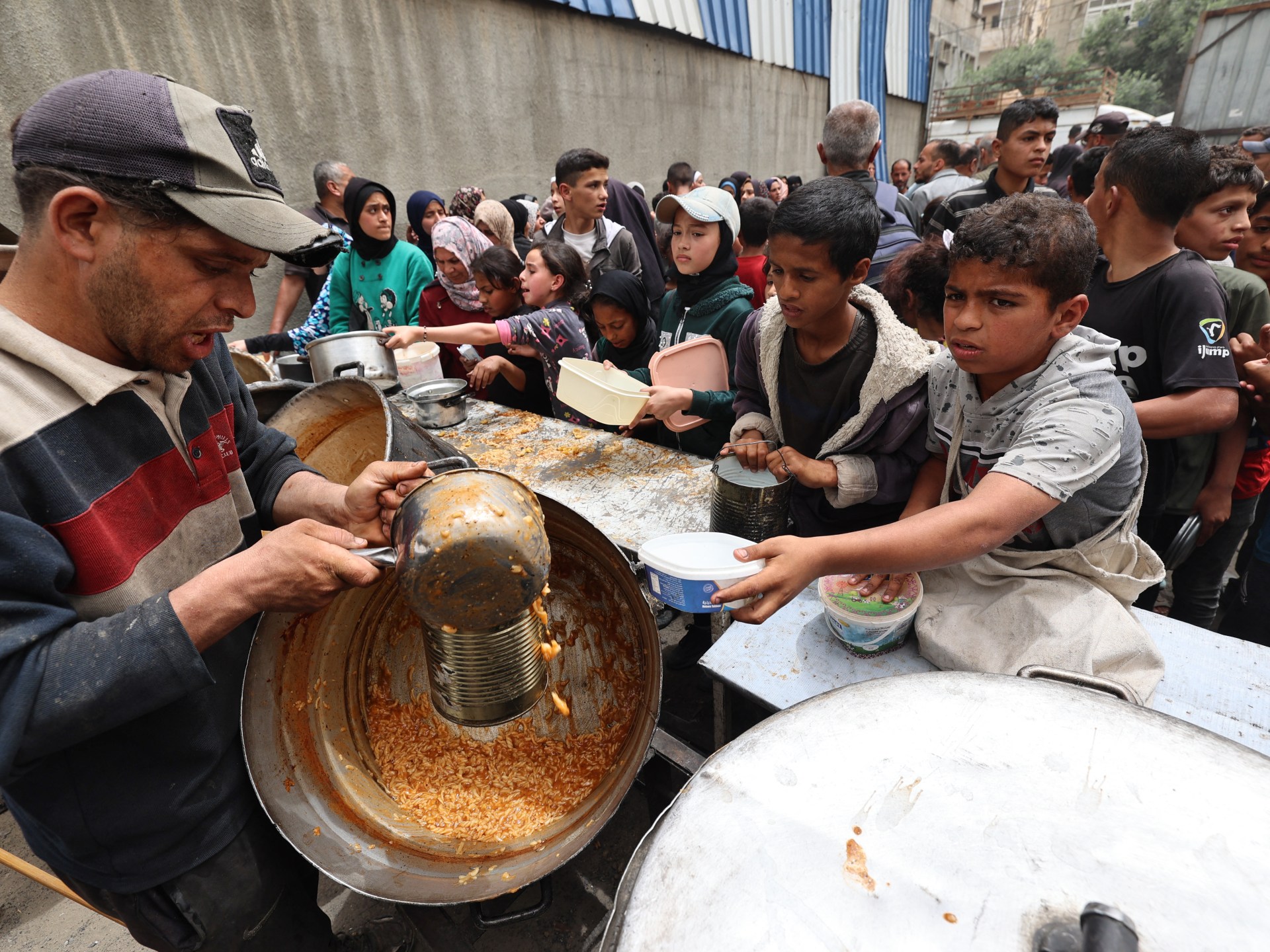
Israel’s total blockade of Gaza has reached its 60th day, as the International Court of Justice (ICJ) in The Hague holds the third day of hearings on Israel’s humanitarian obligations to Palestinians.
No food, water or medical supplies have been allowed into the war-torn Gaza Strip since March 2, before Israel broke a ceasefire on March 18 to restart bombardments and ground assaults that have killed more than 52,000 Palestinians in the enclave since October 7, 2023.
The United Nations has warned of “full-scale famine conditions” across the Strip and called for “concerted” action to stop the “humanitarian catastrophe” there.
The UN’s World Food Programme (WFP) says all of its bakeries have shut down and all of its stocks inside Gaza have been fully depleted.
According to a report by the UN Office for the Coordination of Humanitarian Affairs (OCHA), widespread forced displacement has forced many people to abandon food supplies and emergency stocks secured during the ceasefire signed in January.
Furthermore, most people cannot bake for themselves due to acute shortages of cooking fuel and the soaring cost of wheat flour, the report said.
People are also forced to rely on aid supplies as farmers and breeders cannot access their land, as 70 percent of the enclave has been designated as a “no-go” area or is under displacement orders by the Israeli military, the report added.
The remaining soup kitchens in Gaza say they may have to shut down within days unless aid is allowed in.
Precipice of famine
As a result, some families are resorting to eating “whatever they can find”, even if it is not safe for consumption, according to the UN Relief and Works Agency for Palestine Refugees(UNRWA).
Meanwhile, a spokesperson for the WFP told our colleagues at Al Jazeera Arabic that “aid trucks [are] stuck at the border waiting to enter Gaza”.
In addition, prices inside the enclave have skyrocketed by more than 500 percent, says NGO Mercy Corps, which warns that Gaza’s food systems could collapse entirely unless borders open immediately.
The world’s hunger watchdog, known as the Integrated Food Security Phase Classification (IPC) system, has begun an analysis of the lack of food and malnutrition in the Gaza Strip.
The assessment began on April 28 and will last one week, according to OCHA. More than 50 trained analysts from UN agencies and aid groups, from the Gaza Strip and abroad, are taking part in the exercise, it said.
The IPC had issued at least four warnings since Israel’s genocidal actions on Gaza began, saying the territory could be teetering on the precipice of famine.
Hospitals are also overwhelmed by the large influx of patients and injuries, and medical staff warn that many are dying due to the shortage of medical supplies, according to Al Jazeera’s Hani Mahmoud, reporting from Gaza City.
“Medical staff warn there are many more dying quietly inside emergency wards of the remaining health facilities due to the shortage of medical supplies. Medications as simple as painkillers are not available,” he said.
The president of the Palestine Red Crescent Society, Younis al-Khatib, called for sanctions to be imposed on Israel as it “left no space for humanity to live in Gaza”.
“I can’t see my colleagues, my friends, and my staff being killed by a state that does not respect our emblem, does not respect international law,” al-Khatib told Al Jazeera.
“If any other state had done it, it would have been sanctioned.”
US defends Israel at ICJ
Meanwhile, in The Hague, the top court of the United Nations was holding a third day of hearings on what Israel must do to provide humanitarian assistance to Palestinians in Gaza and the occupied West Bank, following a request for an advisory opinion from the UN General Assembly last year.
The United States defended Israel on Wednesday, saying that while it must provide aid to Gaza, it does not have to work with UNRWA. Israel banned the agency from operating on its territory in January, after alleging that 19 out of approximately 13,000 staff took part in Hamas’s attack in southern Israel on October 7, 2023.
Joshua Simmons, a legal adviser from the US State Department, argued there was “no legal requirement that an occupying power permit a specific third state or international organisation to conduct activity that would compromise its security interests.”
Simmons suggested other organisations could fulfil UNRWA’s mission, despite the UN agency having repeatedly stated that there could be no replacement for its role as an aid provider.
Similar points were raised by Hungary as it took the floor in defence of Israel.
The Russian Federation, which spoke directly after the US, said that UNRWA’s work was crucial for the Palestinian people and the agency was supported by the majority of the international community.
“The urgency of this matter cannot be overstated. Gaza balances on the brink of famine. Hospitals lie in ruins. Millions of Palestinians in the [Gaza] Strip, as well as in the West Bank and East Jerusalem, face existential despair,” Maksim Musikhin, of Russia’s Ministry of Foreign Affairs, told the court.
Al Jazeera’s Rory Challands, reporting from The Hague, said other countries including Turkiye, France, Indonesia, Iran, Jordan and Kuwait were expected to speak against Israel’s aid blockade before the end of the day.
Challands said the countries that gave statements to the court in the first two days of the hearings had all been critical of Israel’s actions. “It was only at the beginning of the third day that a country turned up and spoke in defence of Israel,” he said. “And that, of course, was the US.”
Middle East
From Gaza to Vietnam, what is the value of a photo? | Opinions
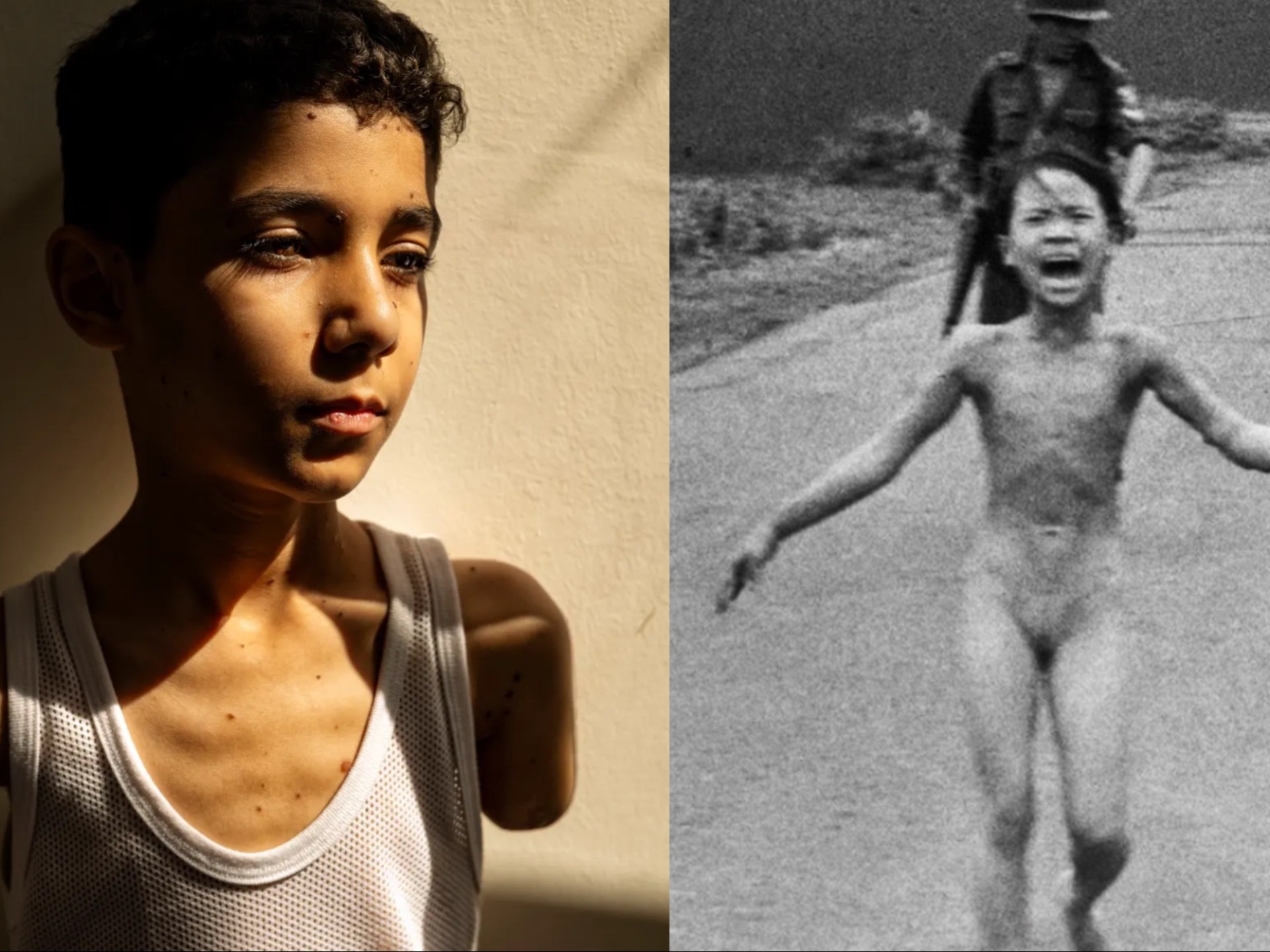
This month, Palestinian photographer Samar Abu Elouf won the 2025 World Press Photo of the Year award for her image titled Mahmoud Ajjour, Aged Nine, taken last year for The New York Times.
Ajjour had both of his arms blown off by an Israeli strike on the Gaza Strip, where Israel’s ongoing genocide has now killed at least 52,365 Palestinians since October 2023. In the award-winning photograph, the boy’s head and armless torso are cast in partial shadow, his gaze nevertheless intense in its emptiness.
Speaking recently to Al Jazeera, Ajjour recalled his reaction when his mother informed him that he had lost his arms: “I started crying. I was very sad, and my mental state was very bad.” He was then forced to undergo surgery with no anaesthetic, an arrangement that has been par for the course in Gaza on account of Israel’s criminal blockade of medical supplies and all other materials necessary for human survival. “I couldn’t bear the pain, I was screaming very loud. My voice filled the hallways.”
According to Abu Elouf, the first tortured question the child posed to his mother was: “How will I be able to hug you?”
To be sure, Abu Elouf’s portrait of Ajjour encapsulates the cataclysmic suffering Israel has inflicted – with the full backing of the United States – upon the children of the Gaza Strip. In mid-December 2023, just two months after the launch of the genocidal assault, the United Nations Children’s Fund reported that some 1,000 children in Gaza had already lost one or both legs.
Fast forward to the present moment and the UN’s warning, in early April, that at least 100 children were being killed or injured on a daily basis in the besieged territory. They say a picture is worth a thousand words – but how many pictures are needed to depict genocide?
Meanwhile, as the slaughter proceeds unabated in Gaza, today – April 30 – marks the 50th anniversary of the end of the Vietnam War, another bloody historical episode in which the United States played an outsized role in mass killing. As it so happens, a nine-year-old child also became the face – and body – of that war: Kim Phuc, the victim of a US-supplied napalm attack outside the South Vietnamese village of Trang Bang in June 1972.
Nick Ut, a Vietnamese photographer for The Associated Press, snapped the now-iconic image of Phuc as she ran naked down the road, her skin scorched and her face the picture of apocalyptic agony. The photo, which is officially titled The Terror of War but is often known instead as Napalm Girl, won the World Press Photo of the Year award in 1973.
In an interview with CNN on the photograph’s own 50th anniversary in 2022, Phuc reflected on the moment of the attack: “[S]uddenly, there was the fire everywhere, and my clothes were burned up by the fire … I still remember what I thought. I thought: ‘Oh my goodness, I got burned, I will be ugly, and people will see me [in a] different way.’”
This, obviously, is nothing any child or adult should have to endure – physically or psychologically – in any remotely civilised world. After spending 14 months in hospital, Phuc continued to suffer from extreme pain, suicidal thoughts and shame over having the photo of her naked and mutilated body exposed for all to see.
And yet napalm was but one of many weapons in a US-backed toolkit designed to make the planet safe for capitalism by incinerating and otherwise disfiguring human bodies. To this day, Vietnamese are maimed and killed by the unexploded leftovers of millions of tonnes of ordnance the US dropped on the country during the war.
The lethal defoliant Agent Orange, which the US used to saturate swaths of Vietnam, also remains responsible for all manner of incapacitating birth defects and death half a century after the war’s end.
In her 1977 book On Photography, the late American writer Susan Sontag considered the function of images like Ut’s: “Photographs like the one that made the front page of most newspapers in the world in 1972 – a naked South Vietnamese child just sprayed by American napalm, running down a highway toward the camera, her arms open, screaming with pain – probably did more to increase the public revulsion against the war than a hundred hours of televised barbarities.”
Public revulsion aside, of course, US-backed barbarities in Vietnam went on for three more years after Ut published his photo. Now, the fact that pretty much every image out of the Gaza Strip could be labelled The Terror of War simply confirms that barbarity is still a brisk business.
And in the current era of social media, in which both still images and videos are reduced to rapid-fire visuals for momentary consumption, the desensitising effect on the public cannot be understated – even when we’re talking about nine-year-old children with both of their arms blown off.
In an Instagram post on April 18, Abu Elouf wrote: “I always have, and still do, wish to capture the photo that would stop this war – that would stop the killing, the death, the starvation.”
She went on to plead: “But if our photos can’t stop all this tragedy and horror, then what is the value of a photo? What is the image you’re waiting to see in order to understand what’s happening inside Gaza?”
And on that bleak note, I might ask a similar question: What, in the end, is the value of an opinion article?
The views expressed in this article are the author’s own and do not necessarily reflect Al Jazeera’s editorial stance.
Middle East
Iran hangs man convicted of spying for Israel’s Mossad | Espionage News
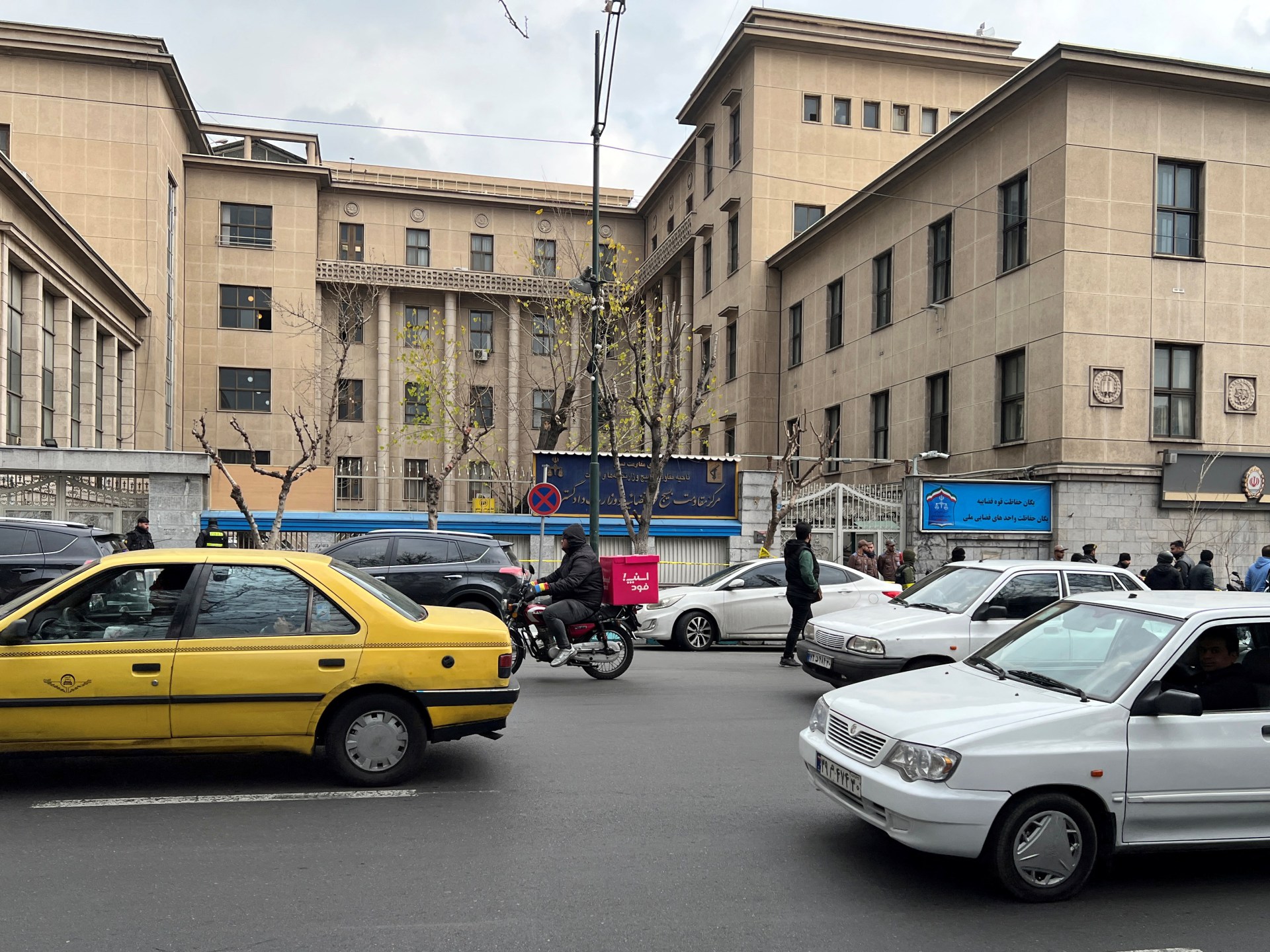
Mohsen Langarneshin was convicted of aiding Mossad operations for two years, including the killing of an IRGC colonel.
Iran has executed a “senior spy” on charges of cooperating with Israel’s Mossad intelligence agency, its judiciary says.
Mohsen Langarneshin, who was hanged on Wednesday morning, provided Mossad with extensive “logistical, technical and operational support” for two years, starting in 2020, the judiciary said via its official news agency, Mizan.
One of the key accusations against Langarneshin was his involvement in the May 2022 killing of an Islamic Revolutionary Guard Corps (IRGC) colonel, Sayyad Khodai, who was shot dead by two motorcyclists on his way home in Tehran. According to The New York Times, Israel informed the United States that it was responsible for the killing.
Mizan reported that Langarneshin bought a motorcycle to track Khodai’s movements, relayed the information to Mossad and was present during the killing. Additionally, he was accused of supporting an attack on an industrial site in Isfahan, affiliated with Iran’s Ministry of Defence and Armed Forces Logistics.
Iran cited “extensive intelligence and technical evidence” linking Langarneshin to these operations, and said he “fully confessed” to his involvement.
Reactions
However, Mahmood Amiry-Moghaddam, the head of the Norway-based Iran Human Rights (IHR) monitor, said Langarneshin was sentenced after an unfair trial and a confession was obtained by torture.
“The Iranian authorities’ execution machine is accelerating every day, taking the lives of more people,” he told the AFP news agency, describing the executions as “extrajudicial killings”.
The US-based Abdorrahman Boroumand Center, which had campaigned over his case, said Langarneshin had been convicted after his July 2023 arrest at a Revolutionary Court presided over by judge Abolghasem Salavati, sanctioned by the US and EU and notorious for his handing out of death sentences.
“He denied all charges, stating that his confessions were extracted under torture,” the group said.
The Iran-born British actor and activist Nazanin Boniadi wrote on X: “The bloodthirsty Islamic Republic has executed yet another innocent.”
Previous executions
Caught in a decades-long shadow war with Israel, Iran has executed numerous individuals over their alleged links to Mossad, particularly those accused of sabotage and assassination efforts aimed at undermining its nuclear programme.
In December 2023, three men and a woman were executed for their alleged links to Mossad.
Langarneshin’s execution comes amid renewed US-Iran nuclear talks, which Foreign Minister Abbas Araghchi has accused Israel of attempting to derail. A fourth round of Oman-mediated negotiations between Washington and Tehran is scheduled for Saturday in Rome, according to Tehran.
Araghchi described the last round of indirect talks, held on April 26 in Muscat, as “extremely serious”, but he remained “extremely cautious” about their potential success.
-

 Conflict Zones24 hours ago
Conflict Zones24 hours agoAbout 600 North Korean soldiers killed in war in Ukraine, lawmakers say | Russia-Ukraine war News
-
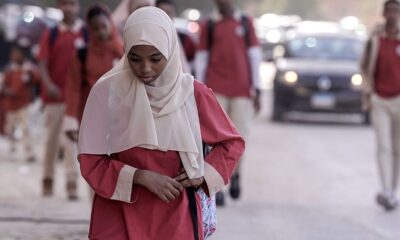
 Africa24 hours ago
Africa24 hours agoThousands displaced by Sudan war return home from Egypt
-
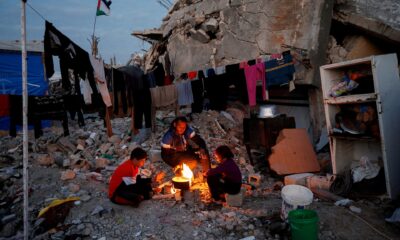
 Middle East2 days ago
Middle East2 days agoI was forced to burn my books to survive in Gaza | Israel-Palestine conflict
-
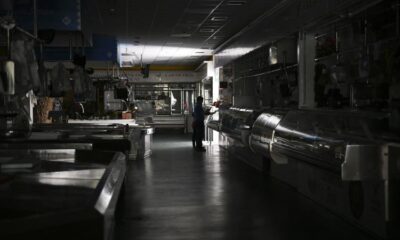
 Europe1 day ago
Europe1 day agoWhat caused the power outage in Spain and Portugal? Here’s what we know
-
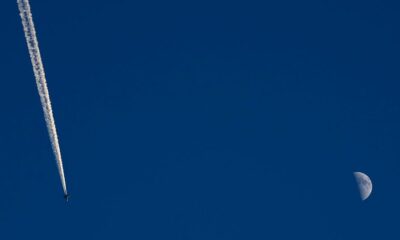
 Africa1 day ago
Africa1 day agoResearchers study using planes to cool the earth amidst global warming
-
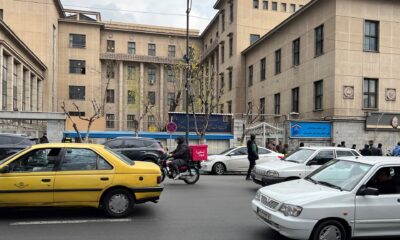
 Middle East17 hours ago
Middle East17 hours agoIran hangs man convicted of spying for Israel’s Mossad | Espionage News
-

 Africa1 day ago
Africa1 day agoBomb Blast Kills 26 in Northeast Nigeria
-

 Sports2 days ago
Sports2 days agoRob Manfred says he discussed Pete Rose’s status with Donald Trump and will rule on reinstatement




